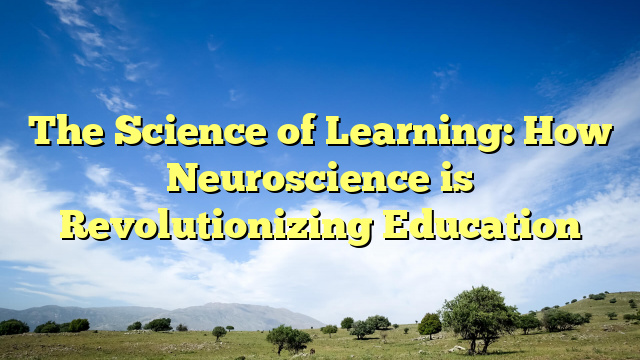Neuroscience is the scientific study of the nervous system, including the brain, spinal cord, and nerves. It is a complex and fascinating field that seeks to understand how the brain works and how it controls our thoughts, feelings, and behavior. In this article, we will explore some of the key neuroscience experiments that have helped researchers uncover the mysteries of the brain.
1. The Split Brain Experiment
One of the most famous neuroscience experiments is the split brain experiment, conducted by Nobel Prize-winning neuroscientist Roger Sperry in the 1960s. In this experiment, Sperry studied patients who had undergone surgery to sever the corpus callosum, the bundle of nerves that connects the two hemispheres of the brain. By presenting visual stimuli to only one side of the brain, Sperry was able to demonstrate that each hemisphere has its own specialized functions.
2. The Phineas Gage Case
Another landmark case in neuroscience is that of Phineas Gage, a railroad worker who survived an accident in which a metal rod was driven through his skull, damaging his frontal lobes. Despite his survival, Gage experienced a profound change in personality and behavior, leading researchers to conclude that the frontal lobes play a critical role in regulating emotions and social behavior.
3. The Mirror Neuron System
The mirror neuron system is a network of neurons in the brain that are activated when we observe someone else performing an action. This fascinating discovery has led researchers to theorize that mirror neurons play a key role in empathy, social cognition, and language development. Studies have shown that individuals with autism, who often have difficulties with social interaction, may have differences in their mirror neuron system.
4. Brain Imaging Techniques
Advances in brain imaging techniques, such as fMRI (functional magnetic resonance imaging) and PET (positron emission tomography) scans, have revolutionized the field of neuroscience by allowing researchers to observe the brain in action. These imaging techniques have provided valuable insights into how different areas of the brain are involved in specific functions, such as memory, emotion, and decision-making.
5. The Rubber Hand Illusion
The rubber hand illusion is a classic experiment that demonstrates the brain's ability to integrate sensory information from different sources. In this experiment, participants are asked to place their hand out of view and watch as a rubber hand is stroked in synchrony with their own hand. After a short time, many participants report feeling as though the rubber hand is their own, illustrating the brain's powerful ability to create a coherent sense of body ownership.
Conclusion
Neuroscience experiments have provided us with a deeper understanding of the brain and how it functions. These experiments have helped researchers uncover the mysteries of the brain, from the intricate connections between brain regions to the role of neurotransmitters in mental illness. By continuing to study the brain through innovative experiments and technologies, we can unlock even more secrets about the most complex organ in the human body.
FAQs
What is neuroscience?
Neuroscience is the scientific study of the nervous system, including the brain, spinal cord, and nerves. It seeks to understand how the brain works and how it controls our thoughts, feelings, and behaviors.
How do brain imaging techniques work?
Brain imaging techniques, such as fMRI and PET scans, work by measuring changes in blood flow or metabolic activity in the brain. This allows researchers to create detailed images of the brain's structure and function in real time.
What is the importance of mirror neurons?
Mirror neurons are believed to play a key role in empathy, social cognition, and language development. They allow us to understand and mimic the actions and emotions of others, leading to better social interactions and communication.
Unlock Your Mental Potential



